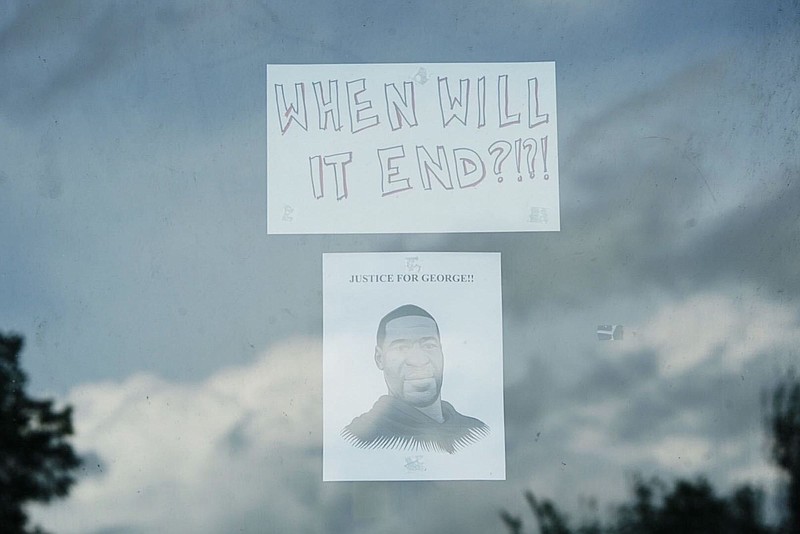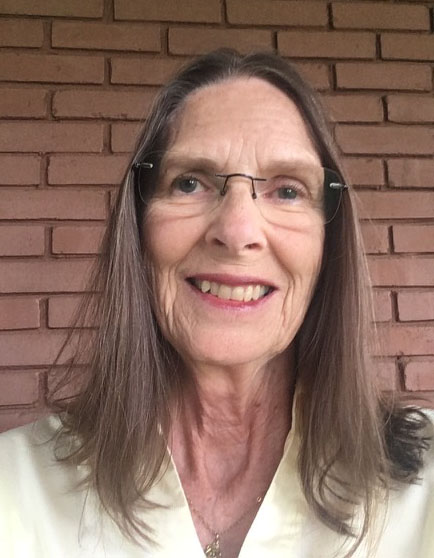No one knew his name as he lay, handcuffed, on that Minneapolis street. But citizen witnesses knew what the cop was doing was terribly wrong.
He was pressing his knee into the neck of a defenseless black man. A man begging for his breath, begging for his life.
The witnesses, too, pleaded with the cop to stop; they demanded that he get up off the man. They shouted that he was killing him. But the cop was ruthless. He kept his knee on his victim's neck until several long minutes after the man had quit begging and moaning, he had quit moving altogether.
After the death, we learned the victim's name: George Floyd. It lengthens a profoundly sad and unconscionably long list of names of black victims of police and vigilante violence in America.
Officially, Floyd died at a hospital. But in reality, George Floyd was killed on that street, unable to breathe for the weight of that cop on his neck.
It may not be best journalistic style to call a policeman a cop in print. But the derogatory serves to distinguish between killer cops and honorable police officers who bravely serve their communities.
Besides, this killing hit particularly hard. I clicked on the video without knowing how it ended, and I was not emotionally prepared. This was no matter-of-fact report of a police killing. It was murder under color of law right in front of my eyes.
When the video ended, I was shaking and in tears. I wept for the victim, for those who loved him. For America, and for the millions of Americans like me who are sickened by the regularity of unwarranted killings of black men in this country.
As recent events show, it's not always police. The horror is still fresh of Ahmaud Arbery's death at the hands of white vigilantes in Brunswick, Georgia, who assumed he was a criminal because he was black.
They almost got away with their crime. No serious attention was paid, no arrests were made, until months later when a video came to light and could not be ignored.
Aubrey was shot. It was quick; the video showed none of the hideous details. By contrast, the killing of George Floyd was slow; the video showed the victim's face as the life was crushed out of him.
Perhaps all America needs to watch that entire, 10-minute video, to get a visceral sense of what actually went down. We must stop saying "how awful" and then turning away - until the next atrocity.
Resist the temptation to say "if only he had done everything the police said from the start it wouldn't have happened." Watch the video, all of it. Feel how long that cop kept his knee on George Floyd's neck.
It was merciless and lawless conduct with malicious disregard for the humanity of the man held in custody. In the name of justice, murder charges should be coming.
Officers involved were quickly fired, and rightly so. The killer cop and his fellows, who stood by as a helpless man was tortured to death, are a disgrace to the very idea of "police protection" in Minneapolis - or any other community.
Investigations by state and federal agencies should be thorough but not dragged-out. We have seen too much already. Justice must not be too long delayed.
Pat Wilcox is a former opinion page editor for the Chattanooga Times.

